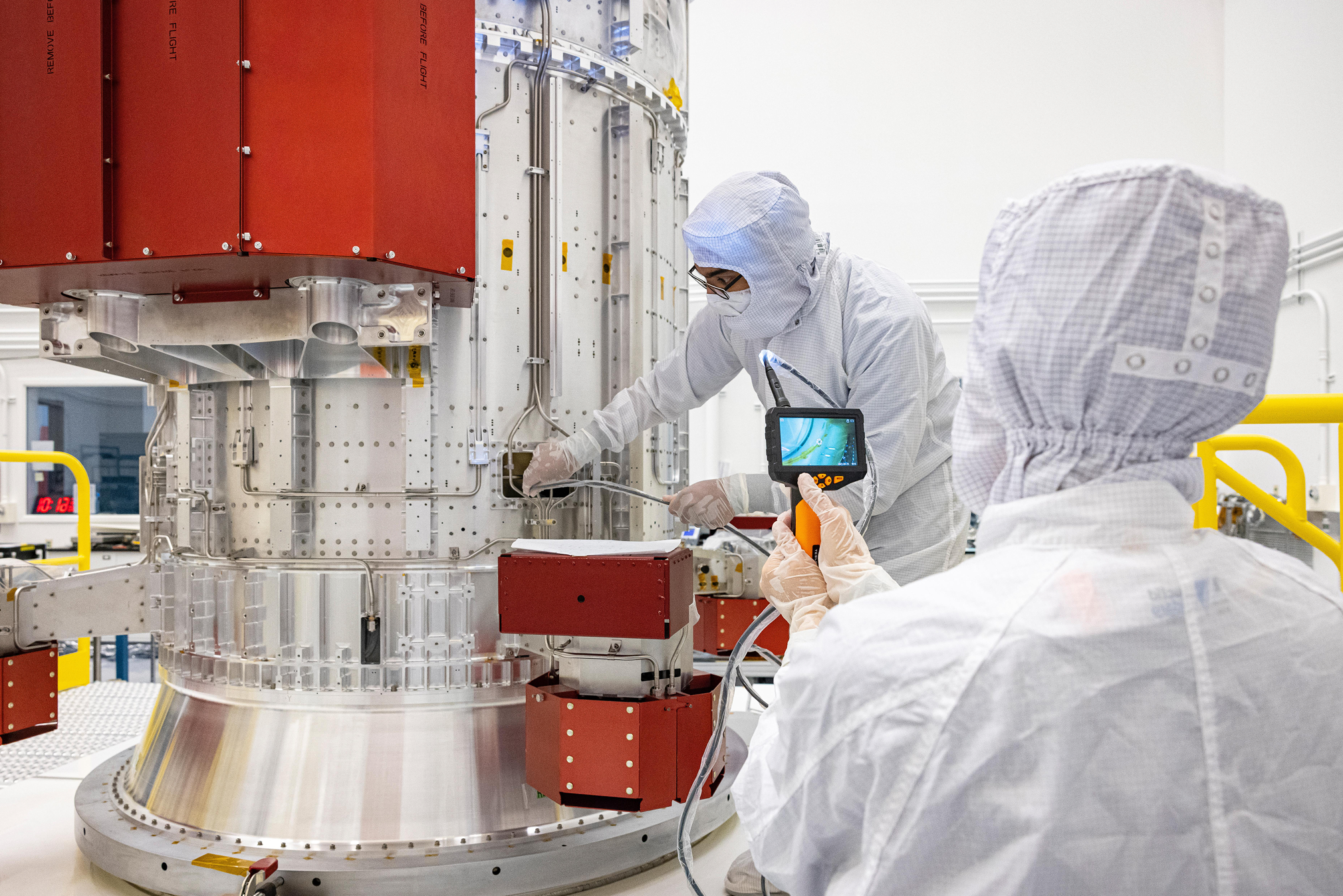Space Week New York offers a local view of the $1 trillion space economy.
When most people think about the space economy, they imagine Kennedy Space Center in Cape Canaveral, Florida, or the launch site at the Johnson Space Center in Houston, Texas. Maybe they think about the concentration of aerospace companies in Southern California. But the new space economy is increasingly an economic engine for local economies. It’s also rapidly growing: Morgan Stanley, Citi, and UBS all project that space will be a $1 trillion industry by 2040.
Case in point: We recently participated in Space Week New York, an annual convening organized by Empire Space that brings together the state’s space community for learning and networking to imagine a more connected sector. The event showcased New York’s established space industry and highlighted how all sectors and industries can have a role in the growing space economy. The frontiers of outer space offer immense opportunities for the terrestrial economy in New York and across the nation.
New York State is home to over 1,500 unique companies and organizations related to space. Collectively, the space economy employs over 70,000 New Yorkers and generates hundreds of millions of dollars annually. NASA’s Goddard Institute for Space Studies is located at Columbia University in New York City, and a significant number of New York aerospace, core space, and defense companies hold NASA contracts. Core space companies in the state include established firms like Grumman Aircraft Engineering — responsible for manufacturing the Apollo Lunar Modules — as well as innovative startups like Melagen Labs. New York also has a robust academic infrastructure, with more than 340 unique collegiate and university resources, including degree programs, student organizations, research labs, and planetariums; these institutions play a crucial role in advancing research and developing the future space workforce.
New York’s core space industries, such as speciality manufacturing, space optics, and satellite data analysis, are poised to grow along with the wider space economy. But in New York — as elsewhere — opportunities to contribute to and benefit from the space economy go beyond those space-centric industries.
The space industry is expected to triple in size over the next 30 years, employing over 1.5 million people and generating $780 billion in economic activity by 2050. Every state — and every type of company and industry — could be part of making this happen. The new space economy requires expertise in a wide range of areas beyond traditional aerospace engineering, including trades (plumbing, carpentry, welding, electricians, machinists), software engineering, data science, healthcare and medicine, exercise science, project management, operations, AI, hospitality, finance, insurance, and marketing. The programming and conversations at Space Week point to an inspiring future for New York’s space economy — and other regional space economies — that will benefit terrestrial industries and the growing space-to-space market.
Image courtesy of NASA.



